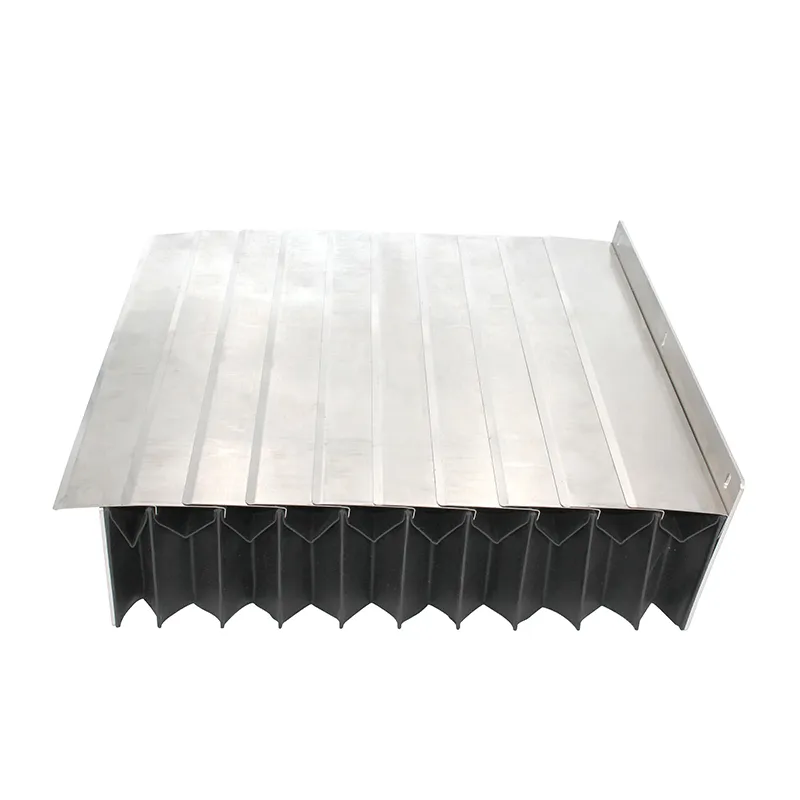Understanding HS Code for Cable Carriers and Their Classification in Trade
Understanding the Cable Carrier HS Code Importance and Application
In the realm of international trade, understanding the Harmonized System (HS) codes assigned to various goods is essential for proper customs classification, tariff applications, and trade compliance. One such category is the cable carrier HS code, which pertains to products designed to support, guide, and protect cables in various industrial applications. This article will explore the significance, applications, and implications of cable carrier HS codes in global trade.
What are Cable Carriers?
Cable carriers, also known as cable tracks, cable chains, or drag chains, are integral components used in various mechanical and electrical systems. They serve the critical function of organizing and protecting cables and hoses in moving machinery, such as robotics, CNC machines, and automated production lines. By reducing wear and tear on these cables, cable carriers significantly extend their lifespan and enhance overall system efficiency.
The Role of HS Codes
The Harmonized System is an internationally standardized system of names and numbers developed by the World Customs Organization (WCO) and used by countries worldwide for the classification of traded products. Each product is assigned a unique HS code that serves as a universal reference to ensure consistency and compliance in trade. Proper classification using HS codes helps in determining tariff rates, ensuring safety standards, and maintaining trade statistics.
Cable Carrier HS Code Classification
The classification of cable carriers in the HS system can vary depending on materials, design, and intended use. Generally, cable carriers can fall under several HS code categories. For example, they are often classified under headings related to machinery parts, plastics, or metals, depending on the composition and structure of the product. Two commonly referenced HS codes for cable carriers are
- HS Code 8479 This code is typically used for mechanical appliances that have individual functions not specified elsewhere. Many types of cable carriers can find their classification under this section as they function mechanically in transporting and guiding cables.
- HS Code 3926 Plastic cable carriers may fall under this category, which covers articles made of plastics and used for various applications.
cable carrier hs code

Proper classification of cable carriers is critical because misclassification can lead to compliance issues, fines, or delays in customs clearance.
Importance of Correct Classification
Accurate HS code classification is essential not only for compliance with trade regulations but also for the strategic planning of businesses involved in importing or exporting cable carriers. Understanding the applicable HS codes can help companies
1. Optimize Tariff Rates Different HS codes can lead to different tariff implications. Correct classification ensures businesses pay the right amount of duties and are not overcharged.
2. Enhance Supply Chain Efficiency Knowing the correct classification helps businesses streamline their logistics and supply chain operations, avoiding unnecessary delays at customs.
3. Mitigate Regulatory Risks Accurate coding helps companies comply with local and international regulations, reducing the risk of fines or penalties and protecting the company's reputation.
4. Facilitate Market Entry Understanding the HS codes applicable to cable carriers can aid in market research and entry strategies, allowing businesses to assess potential tariffs and comply with local regulations in their target markets.
Conclusion
As the global market continues to evolve, the importance of understanding customs regulations and HS codes becomes increasingly crucial for businesses engaged in international trade. Cable carriers, a vital component in many industrial applications, require accurate classification to ensure smooth transactions and compliance. By navigating the complexities of the cable carrier HS code and understanding its implications, businesses can enhance their operational efficiencies, mitigate risks, and grow their international presence. Whether you're a manufacturer, importer, or exporter, a clear understanding of cable carrier HS codes is a fundamental aspect of successful international trade.








